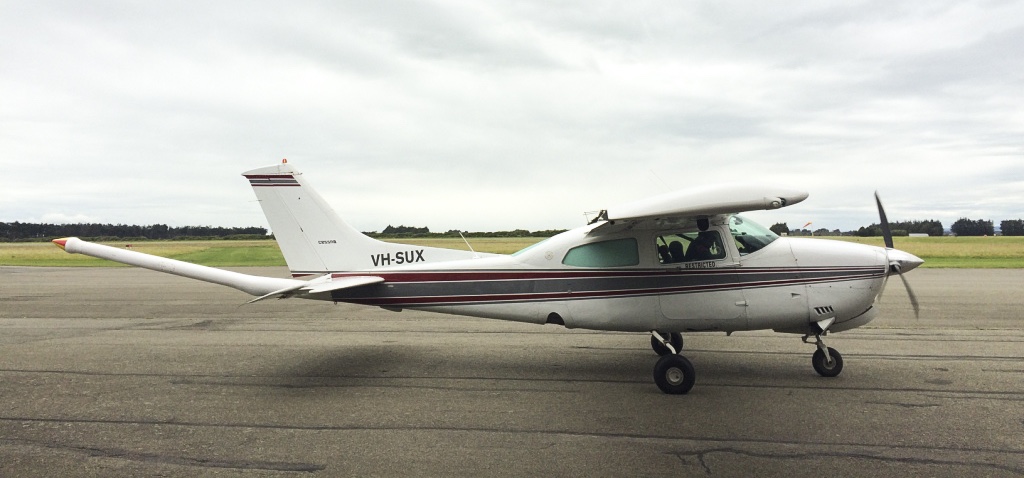This is not the first time 210s have lost wings though, right? I seem to recall there were some other issues as well, however those were the result of flying into thunderstorms, etc.
the factory engineering should’ve taken all that into account when they designed that wing spar
Fair point, and you'll see issues with fire fighting aircraft too... *but* we're lead to believe that as long as the aircraft is operated within its envelope and limits it will not fail on you... putting a bigger engine and some extra equipment on there, should not, by itself, cause structural components to fail, right? Assuming you still fly within limits
foam padding glued to that bottom surface
I went up in a 210 a few weeks ago to safety for a friend, the plane was a real beater and parts of the headliner were missing, and I can attest that at least from what I saw the spar had foam padding on it so you could not actually see it that well
I still believe that a plane built for training, and used for exactly that, should not have a wing separate on climb out. That's like pulling out of your drive way and your wheels fall off. Not a sub-par design, but it is disconcerting, at least in a club rental or plane, where you have no idea who slammed it onto the runway last and how shoddy the maintenance may be. At least in your plane you know who is flying it and you know the maintenance, and have the piece of mind that you're not dropping it onto the runway several times a day
Aluminum fatigues. It was a fatigue crack in the main spar carry-through that initiated this failure. Inspection and repairs can certainly be made; we've proved that amply because we aren't seeing our ancient airplanes falling out of the sky regularly. But I do believe we all have to come to accept there is some practical life limit to airframes that are being used extensively in a training or low level survey/pipeline service in particular.
Most of these airplanes were mass produced at a time when there was no expectation they would accumulate the many thousands of hours that have been put on them. I regularly see training C-172s and Cherokees with 15,000+ hours on them now.
Metal fatigue is a scary killer, and I was always surprised that GA airplanes don't have cycle and fatigue life spans like commercial airliners do. Sure they're (mostly) not pressurized, but just surprising that there is no real life limit on these planes. Even if there is no corrosion and things "look" fine there are fatigue cracks that start accumulating and each landing event does put a higher stress level on the plane
Wings failing (or fine, carry through spars) in general is a big no-no for me. Weight savings and all that, but this is the one part of the plane that should be well over built. We've never seen a TB-20 or TB-21 lose a wing (and yes, these have been used in military applications), we've never seen a Cirrus lose a wing either.. and you know for sure of the 7,000+ built there are plenty operated by your stereotypical I'm-too-rich magenta line pilot. I'm sure there are other aircraft out there with clean wing fail records... or, if there is a wing failure (as in the case of some Mooney records I found) it was following entry into a thunderstorm, or some sort of loss of control in IMC. But just flying along, that's bonkers




